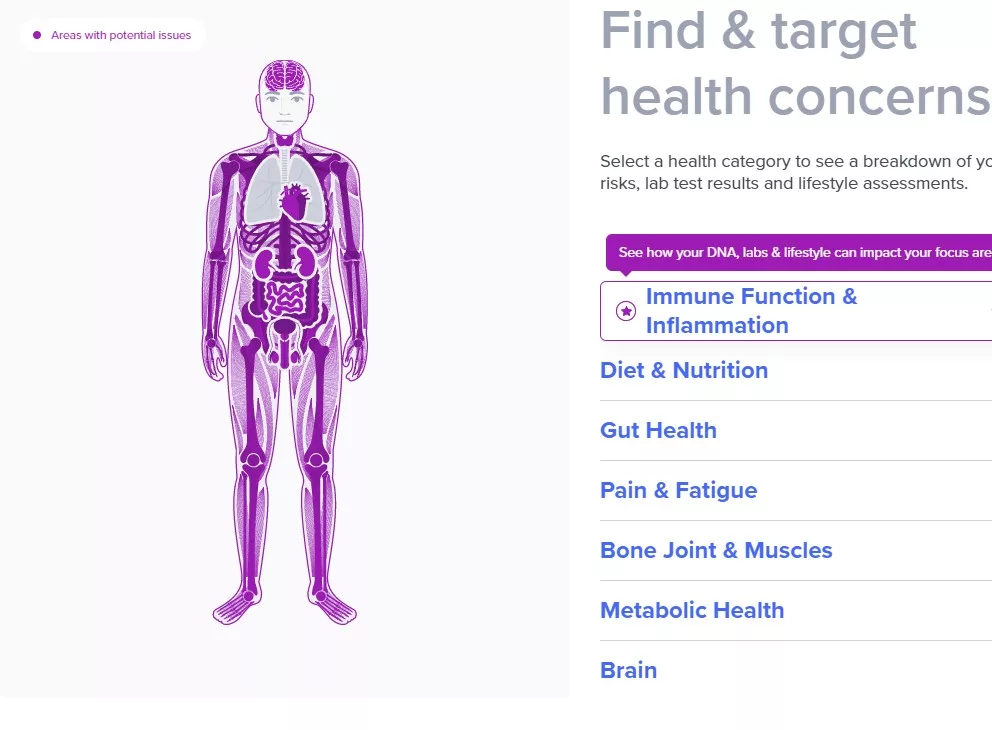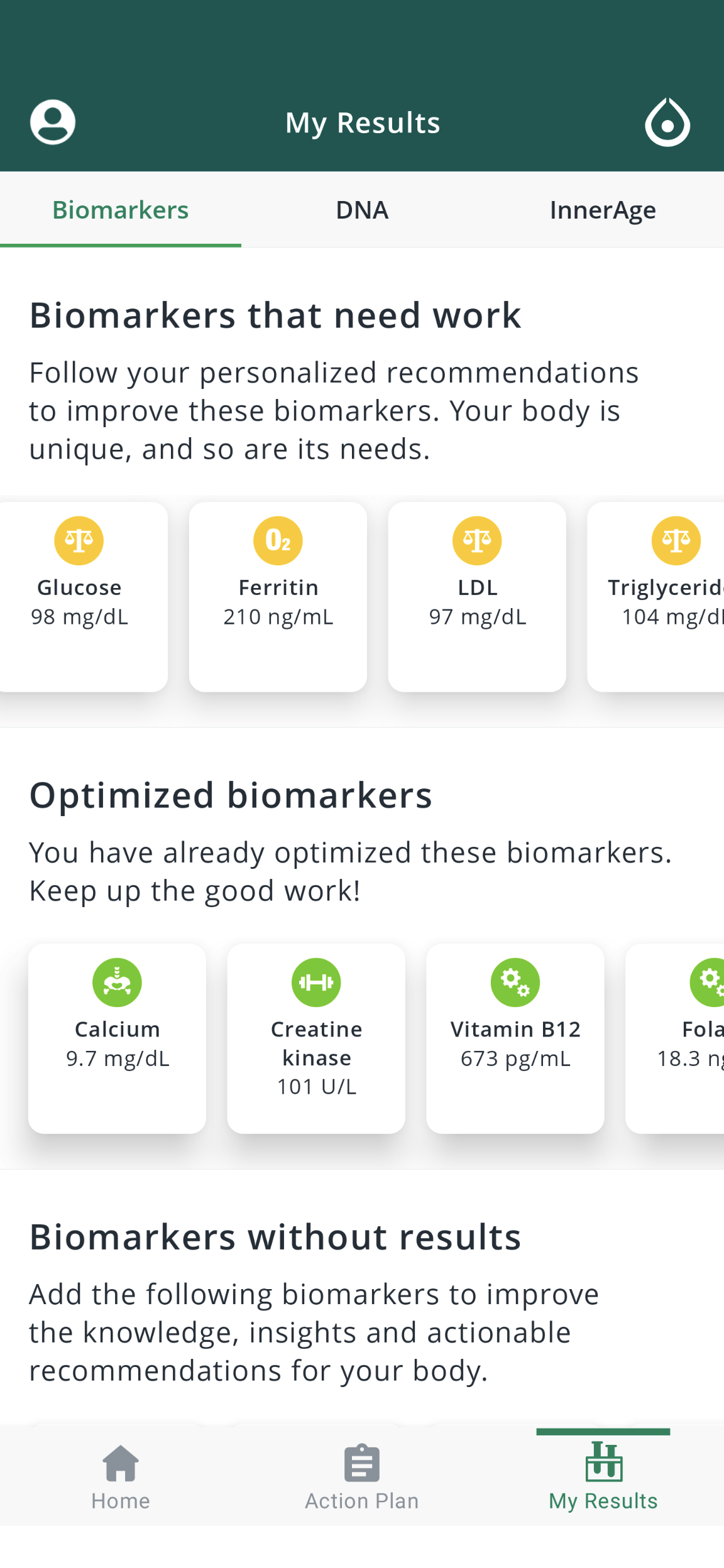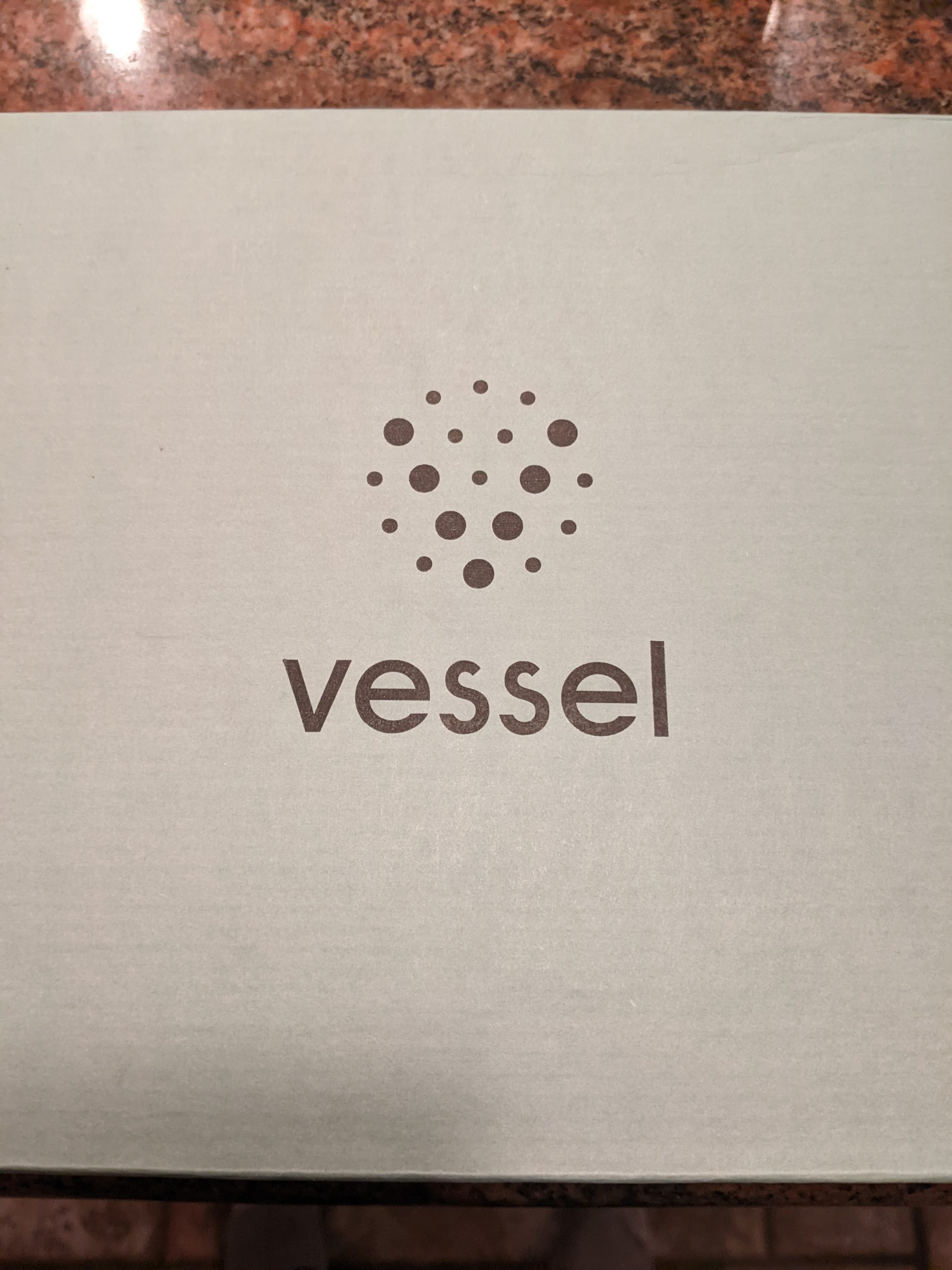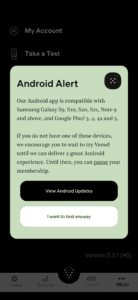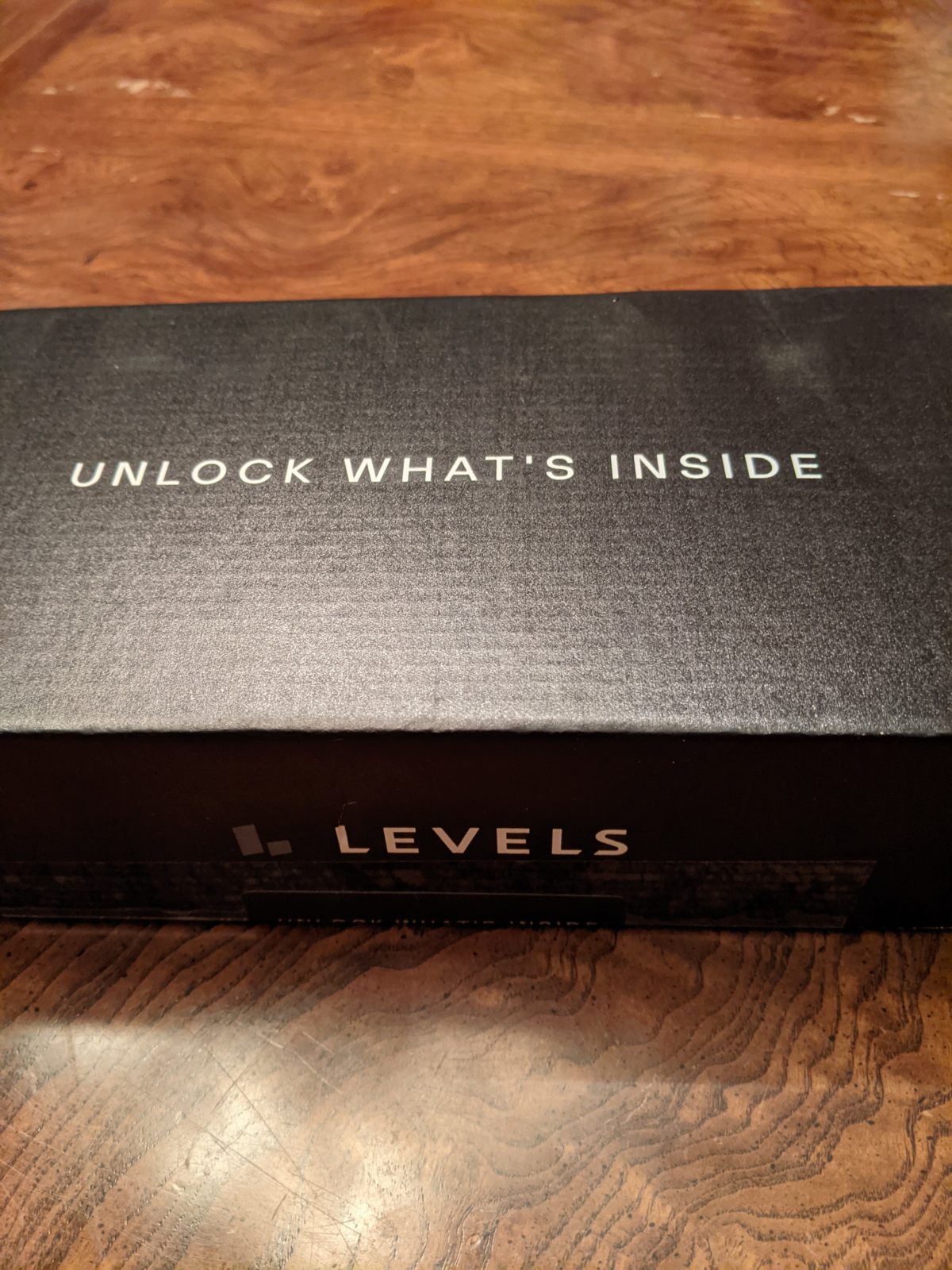In many of my ‘Health‘ related posts, I write about how just about everything I do is informed with data. This data comes in many forms, wearables, blood work, subjective feeling. The best experiments that I’ve done usually start with hypotheses that arise out of research that I’ve done related to DNA analysis. I’ve tried many of the existing DNA analysis services, but my favorite has been SelfDecode. This is my SelfDecode DNA Review.
I started using SelfDecode because I came across one of their blog posts. Like many health related blogs, much of the information was high level and generic, but in this case, there were direct references to Single Nucleotide Polymorphisms (SNPS) and how they related to the information provided. I also noticed that if you signed up to use the SelfDecode DNA platform, there was a promise that you could ‘see’ this blog post tailored toward your specific genetic predisposition. This was very appealing to me. It didn’t take long for me to decide to give it a try.
What is SelfDecode DNA?
Even though the blog posts are what initially drew me in, the SelfDecode platform consists of several components. Obviously DNA analysis is a crucial piece. SelfDecode also has a Labs, Lifestyle Analyzer, Action Plan and (more recently) Ancestry section. I’ve used all of these except for the Ancestry section, so I’ll leave that out of my review.
DNA
I started using SelfDecode by uploading one of my existing DNA files that I already had on hand. SelfDecode also provides their own DNA testing service, but it’s not required to use most of their services. This is the main reason why I haven’t used SelfDecode’s Ancestry features as it requires using SelfDecode’s DNA testing kit. The SelfDecode DNA section is subdivided into a set of reports and the blogs that I mentioned before.
Reports
The reports are further subdivided into Health, Disease, Traits and Biohacker. Health reports are high level summary reports related to broad areas of health like Inflammation, Gut Health, etc. Disease Reports are related to specific diseases. In order to ‘unlock’ Disease Reports, you need to schedule a consultation with a medical professional to discuss them. Trait Reports are related to your likelihood to have certain characteristics. What color hair are you most likely to have? Are you an extrovert or introvert, etc. Finally, the Biohacker reports are related to more unconventional topics and/or studies that are of lower quality.
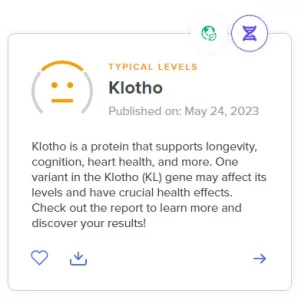
From the main report subsection, you can filter reports based on things like ‘highest risk’ or ‘most recently updated’. Each report is listed with its name, a summary of what it covers, when it was last updated and a graphic that shows at a glance if your genetic data is potentially a cause for concern based on the collected information. From this overview card, you can also add reports to your ‘favorites’ for easy access in the future.
After clicking on the summary, all reports show the supporting data and your results based on your genetics. This contains links to overviews of each related Gene and SNP along with your specific genotype. Each report also contains a ‘next steps’ section which has your lab work (if anything related has been uploaded), any lifestyle data that you’ve entered and recommendations tailored to your results. You can click on any of the recommendations to add them to your Action Plan. This section also includes links to any related reports and blog posts. You can also generate a PDF that contains your specific results.
Blogs
The Genetic blogs are categorized loosely based around the Health Reports. From this section, you can narrow down the blogs based on category or search for a specific term to find the items that are of interest to you. Each post is written by a different subject matter expert on SelfDecode’s team. They all follow a similar format. First they identify the gene(s) and SNPs involved in the subject of the blog post. Just like in the reports, your specific genotype is identified in a personalized section of the blog post. Most blogs also include diet, lifestyle and supplement recommendations that you can consider if you suffer from the issue described in the post.
Labs
The Labs section of SelfDecode allows you to input your lab work and view your results over time. Inputting lab work is as simple as uploading a PDF of your results and SelfDecode does a pretty good job of importing everything correctly from there. In the results viewer, anything considered out of range is identified and you can easily view past results. This information is also surfaced in any relevant reports when you are viewing your ‘next steps’. This is great because you can see if the biomarkers that you need to be concerned about based on your genetics are actually out of range or if the lifestyle/supplement choices that you are following are having a positive impact. SelfDecode also allows you to shop and schedule lab work from this section if you aren’t already testing them via other means.
Lifestyle
The Lifestyle Analyzer asks you questions about things that you are currently doing and your medical history. Based on this, and your SelfDecode DNA analysis, it presents cards that show your relative risk for several different medical conditions. When you view the details for each of these items, there are links provided to relevant reports and blogs. At any point in time, you can retake the lifestyle assessment for each of these conditions.
Action Plan
The Action Plan contains a summary of all of the recommendations that you’ve added to it from your DNA reports. For each item in your action plan, you can click on it to see a summary that contains the potential issues that this item can help you address. If your Action Plan includes supplements, you can actually create and purchase a custom supplement formulation from SelfDecode (I have not done this yet). There is also a Meal Plan builder in this section. This is a relatively new feature and I have not used it extensively. The Meal Plan builder allows you to plan a week’s worth of meals with a limited list of foods that SelfDecode feels is optimized for you.
Recommendations
If you don’t actually add recommendations from your reports to your Action Plan, you can still see all of your recommendations sorted by how often they occur in your reports in the Recommendations section. Just like in the Action Plan, you can see the same summary from here. You can also add recommendations to your Action Plan from this section. In the My Supplement sub section you can generate and purchase your supplement formulation. This is the same functionality that is exposed under your Action Plan.
SelfDecode DNA Review
If you’re a regular reader of mine, it’s probably not a secret that SelfDecode is my favorite DNA analysis platform. I honestly use this product multiple times a week and have discovered so many that things that have had a noticeable benefit on my health because of the information contained here. The DNA reports and blog posts are really some of the most informative out there and they are constantly adding new information. They provide the perfect level of summary information with links to dig deeper into the data used to create the summaries. I quickly purchased a lifetime subscription based on this information alone.
I also use the Lab Analyzer, mostly because it adds so much more to the reports. The Lab Analyzer is not as good as InsideTracker‘s, but then InsideTracker’s DNA component is laughable compared to SelfDecode’s. I’ve been uploading all of my lab results to both products as they tend to complement each other nicely.
I don’t use the Action Plan. That’s mostly because the Recommendations section works well for me. I’m also not much of a fan of subjectively tracking lifestyle behaviors. The main reason for this is that the effort required to do so isn’t worth it if I don’t have a mechanism to go back and analyze past data and its impact in the future. I prefer my current approach of using Oura to do this, but even this can be improved upon.
Additionally, I haven’t purchased any of SelfDecode’s add on projects. I’m not a fan of combined supplements and already have several places that I love where I purchase single formulations. I’ve been getting custom lab work done since before I started using SelfDecode, but I plan on evaluating the cost competitiveness of this item in the future.
Conclusion
I think the DNA reports and customized blog posts alone are worth the $599 lifetime subscription. If SelfDecode continues the pace of innovation that I’ve seen since I’ve been a member, it pays for itself within a few short years. If you’re interested in using any of SelfDecode’s products, let me know as I occasionally get discounts that I can pass along. I’d also like to hear from you if you have used any of their lab work or supplement services!
